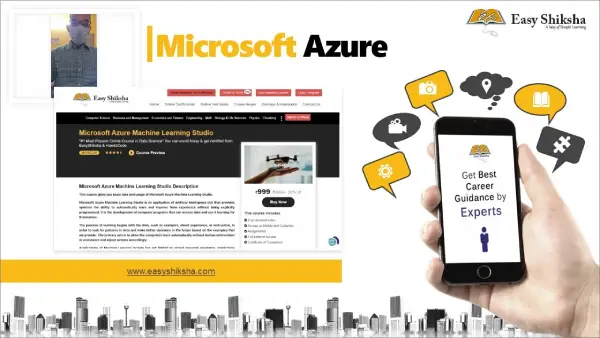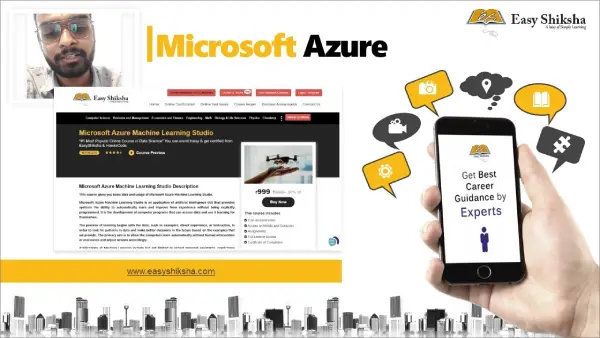Cisco certification can also improve your understanding of the internetworking of more than just Cisco products: You will develop a complete understanding of networking and how different network topologies work together to form a network. This is beneficial to every networking job and is the reason Cisco certification is in such high demand, even at companies with few Cisco devices. Cisco is the king of routing, switching, and security, the Microsoft of the internetworking world. The Cisco certifications reach beyond the popular certifications, such as the CompTIA and Microsoft certifications, to provide you with an indispensable factor in understanding today’s network—insight into the Cisco world of internetworking. By deciding that you want to become Cisco certified, you are saying that you want to be the best the best at routing and the best at switching.
The CCNA certification was the first course and exam in the Cisco certification process, and the precursor to all current Cisco certifications. Cisco, not unlike Microsoft and other vendors that provide certification, has created the certification process to give administrators a set of skills and to equip prospective employers with a way to measure those skills or match certain criteria. Becoming a CCNA can be the initial step of a successful journey toward a new, highly rewarding, and sustainable career.
The CCNA program was created to provide a solid introduction not only to the Cisco Internetwork Operating System (IOS) and Cisco hardware, but also to internetworking in general, making it helpful to you in areas that are not exclusively Cisco’s. At this point in the certification process, it’s not unrealistic that network managers—even those without Cisco equipment—require Cisco certification for their job applicants. If you make it through the CCNA and are still interested in Cisco and internetworking, you’re headed down a path to certain success.
What Skills Do You Need to Become a CCNA?
To meet the CCNA certification skill level, you must be able to understand or do the following:
· Install, configure, and operate LAN, WAN, and wireless access services securely as well as troubleshoot and configure small to medium networks (500 nodes or fewer) for performance.
· Use the protocols IP, IPv6, EIGRP, RIP, RIPv2, and OSPF as well as understand serial connections, Frame Relay, VPN, cable, DSL, PPPoE, LAN switching, VLANs, VTP, STP, Ethernet, security, and access lists.
This book covers everything you need to know to pass the CCNA 640-802 exam. However, taking the time to study and practice with routers or a router simulator is the real key to success.
You will learn the following information in this course:
Chapter 1 Introduces you to internetworking. You will learn the basics of the Open Systems Interconnection (OSI) model the way Cisco wants you to learn it. There are written labs and plenty of review questions to help you.
Chapter 2 Will dive into Ethernet networking and standards. Data encapsulation is discussed in detail in this chapter as well.
Chapter 3 Provides you with the background necessary for success on the exam as well as in the real world by discussing TCP/IP. This indepth chapter covers the very beginnings of the Internet Protocol stack and then goes all the way to IP addressing and understanding the difference between a network address and a broadcast address before finally ending with network troubleshooting.
Chapter 4 Introduces you to easy subnetting. You will be able to subnet a network in your head after reading this chapter if you really want to.
Chapter 5 Will have you learn about Variable Length Subnet Masks (VLSMs) and how to design a network using VLSMs. This chapter will finish with summarization techniques and configurations.
Chapter 6 Introduces you to the Cisco Internetworking Operating System (IOS) and command-line interface (CLI). In this chapter you will learn how to turn on a router and configure the basics of the IOS, including setting passwords, banners, and more. Hands-on labs will help you gain a firm grasp of the concepts taught in the chapter.
Chapter 7 Provides you with the management skills needed to run a Cisco IOS network. Backing up and restoring the IOS, as well as router configuration, is covered, as are the troubleshooting tools necessary to keep a network up and running.
Chapter 8 Teaches you about IP routing. This is a fun chapter because we will begin to build our network, add IP addresses, and route data between routers. You will also learn about static, default, and dynamic routing using RIP and RIPv2. Hands-on labs, a written lab, and the review questions will help you understand IP routing to the fullest.
Chapter 9 Dives into the more complex dynamic routing with Enhanced IGRP and OSPF routing.
Chapter 10 Gives you background on layer 2 switching and how switches perform address learning and make forwarding and filtering decisions. Network loops and how to avoid them with the Spanning Tree Protocol (STP) will be discussed as well as the 802.1w RSTP version.
Chapter 11 Covers virtual LANs and how you can use them in your internetwork. This chapter covers the nitty-gritty of VLANs and the different concepts and protocols used with VLANs as well as troubleshooting. Voice VLANs and QoS are also discussed in this all-so-important chapter. The written lab and review questions will reinforce the VLAN material.
Chapter 12 Covers security and access lists, which are created on routers to filter the network. IP standard, extended, and named access lists are covered in detail.
Chapter 13 Covers Network Address Translation (NAT). New information, commands, troubleshooting, and hands-on labs will help you nail the NAT CCNA objectives.
Chapter 14 Covers wireless technologies. This is an introductory chapter regarding wireless technologies as Cisco views wireless. However, We also added some advanced wireless topics that cover Cisco’s newest gear. At this time, advanced wireless gear is not covered within the Cisco CCNA objectives, but that can change. Make sure you understand basic wireless technologies like access points and clients as well as the difference between 802.11a, b, and g.
Chapter 15 Covers IPv6. This is a fun chapter and has some great information. IPv6 is not the big, bad scary monster that most people think it is.
Chapter 16 Concentrates on Cisco wide area network (WAN) protocols. This chapter covers HDLC, PPP, and Frame Relay in depth. VPNs and IPSec are also covered in this chapter. You must be proficient in all these protocols to be successful on the CCNA exam.





























































